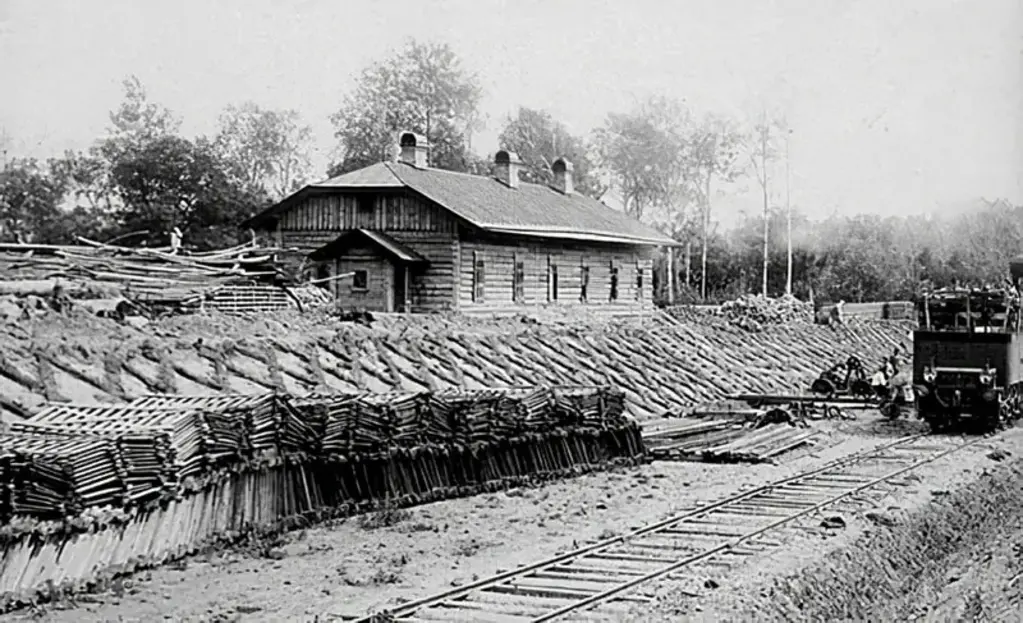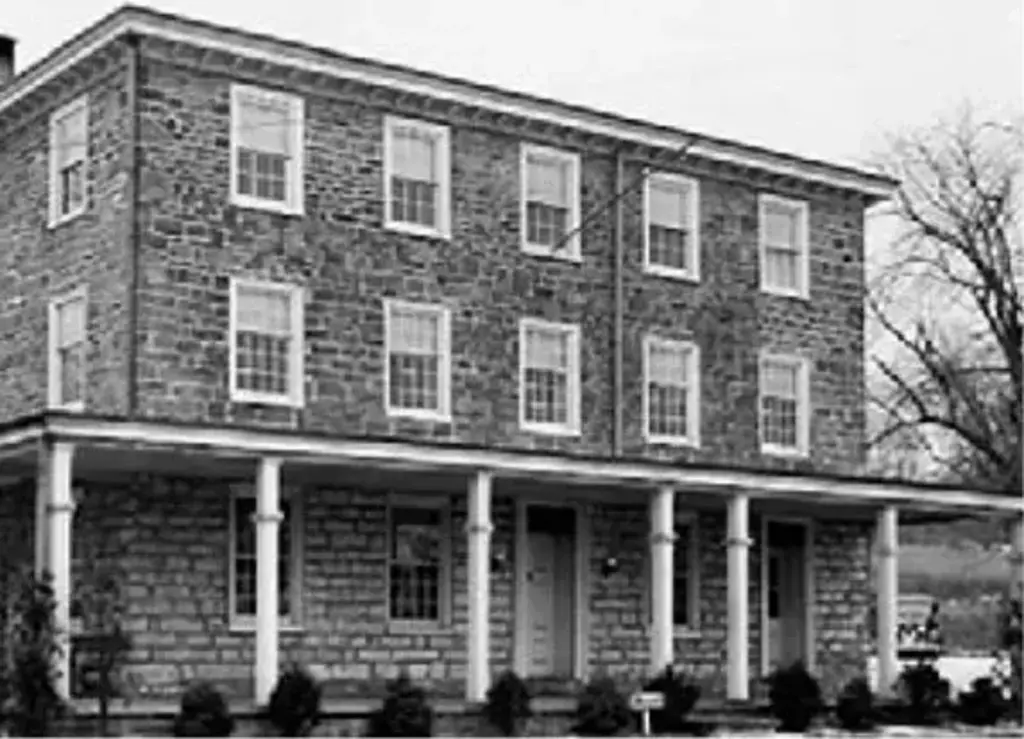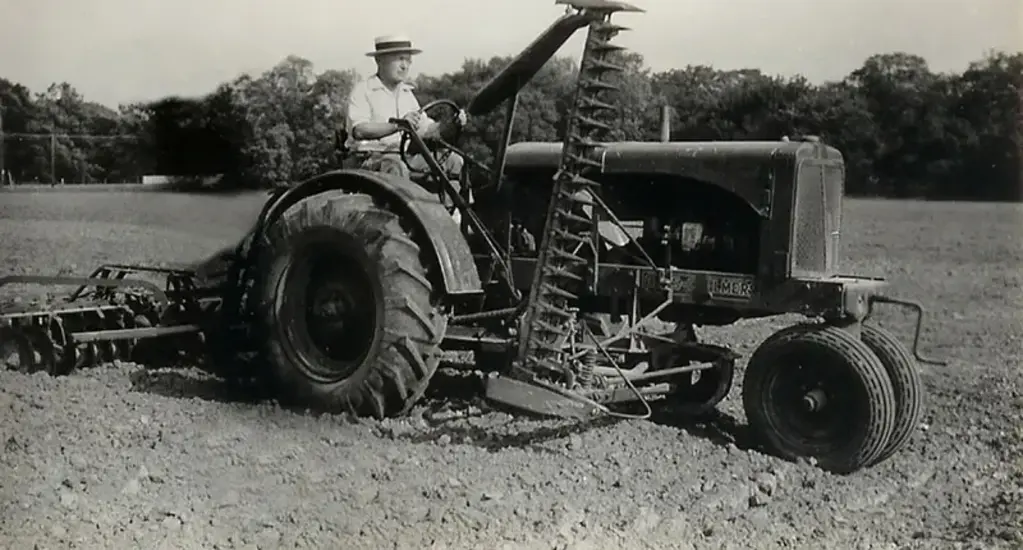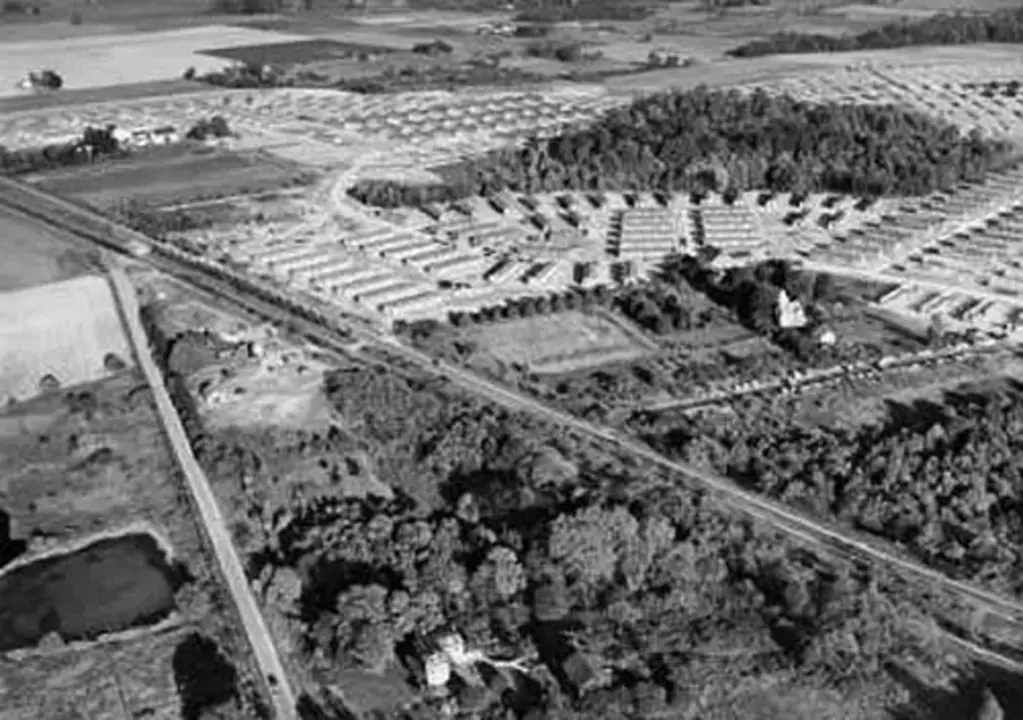First generation
A Legacy of Builders and Innovator
Hyman Korman was born in Eastern Europe in 1882. While he spent his boyhood years with his parents Rabbi Benjamin (Korinman) Korman and Hudel Marzovitz in their home in Grodno (modern-day Belarus), Hyman traveled across Russia during his late teen years and early 20s with his uncles Yoyl and Velvyl Korman, who were successful railway builders. This is where he got his first exposure to home building. To expedite the construction of the railway across Russia, Hyman’s uncles provided temporary housing for their workers, essentially log cabins that were easily disassembled and reassembled as they progressed across the country. In 1903, while working in Svisloch, Hyman, then 22, met his future wife Yetta Yesersky.
_output_Tablet.webp?language=en)
Pursuing the American Dream
With the support of his family, 23-year-old Hyman left a war-torn Russia and emigrated to New York in 1904. He planned to establish himself in business in America and have Yetta join him later to be married. He immediately found work as a tailor in the garment industry.
A year later, Yetta emigrated to Philadelphia. She and Hyman married the same year and rented an apartment on Tasker Street in Philadelphia.
Hyman worked in a clothing factory, advancing in position over the years from a pattern cutter, to factory foreman and eventually to plant manager, supervising the entire clothing production line.
_Tablet.webp?language=en)
A Family Business Begins with an Inn
In 1906, right before the birth of their first son, Max, Hyman and Yetta moved from their Tasker Street apartment to Hamilton Farm, which they rented from Yetta’s parents, at Castor Avenue and Devereaux Street (Oxford Circle). Their second son, Sam, was born in 1909, and their daughter, Sarah, in 1916. Census records show Hyman still resided at the Tasker Street apartment in 1910. Given transportation conditions at the time, Hyman likely lived like a modern-day supercommuter, residing at his apartment in the city during the working week, and then joining his family at the farm on weekends.
Hyman, in the early 1900s, was what a Korman client would be today. While her husband worked in the factory, Yetta worked on the farm and took boarders to supplement the family income. In fact, Yetta probably learned the practice of taking boarders from her parents, who owned an inn at that time, which was a destination for summer farm holidays, called the Sandy Run Inn, later known as Clifton House. Fifty years later, providing temporary housing became the core Korman family business.

Acquiring Land Along a New Thoroughfare
In 1914, the initial leg of Roosevelt Boulevard from Broad Street opened to traffic right through the Korman’s Hamilton Farm. This road development would forever change Northeast Philadelphia and the Korman family business. By 1916, the boulevard from Broad Street extended all the way to Pennypack Circle, a 7.5-mile stretch from Center City.
Hyman, who always dreamt of being a businessman like his uncles, foresaw the continued expansion and development of Philadelphia in the Northeast along Roosevelt Boulevard and, in 1917, purchased Hamilton Farm from his in-laws, which became the first Korman land acquisition.

Hyman Korman Starts his Home-building Business in Northeast Philadelphia
In 1919, Hyman started the Korman home-building business, completing his first single-family homes, building one or two at a time, gradually developing the land he owned near Lawndale. A year later, he left his job at the clothing factory to pursue his dream full-time. Later in 1921 and in 1922, Hyman built his first Northeast twin homes.
